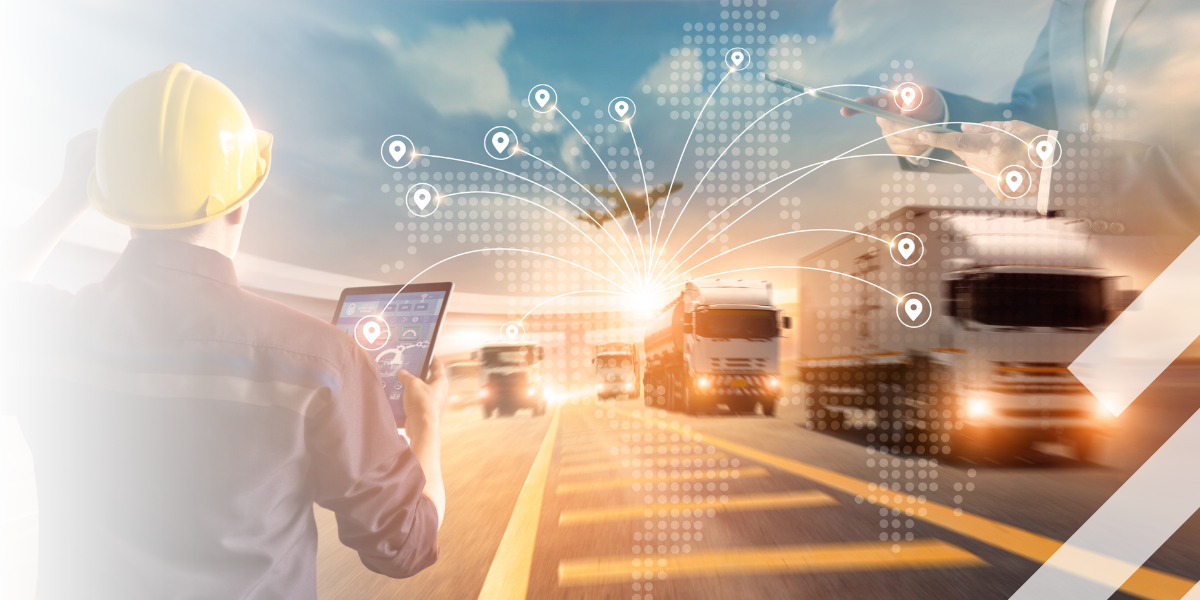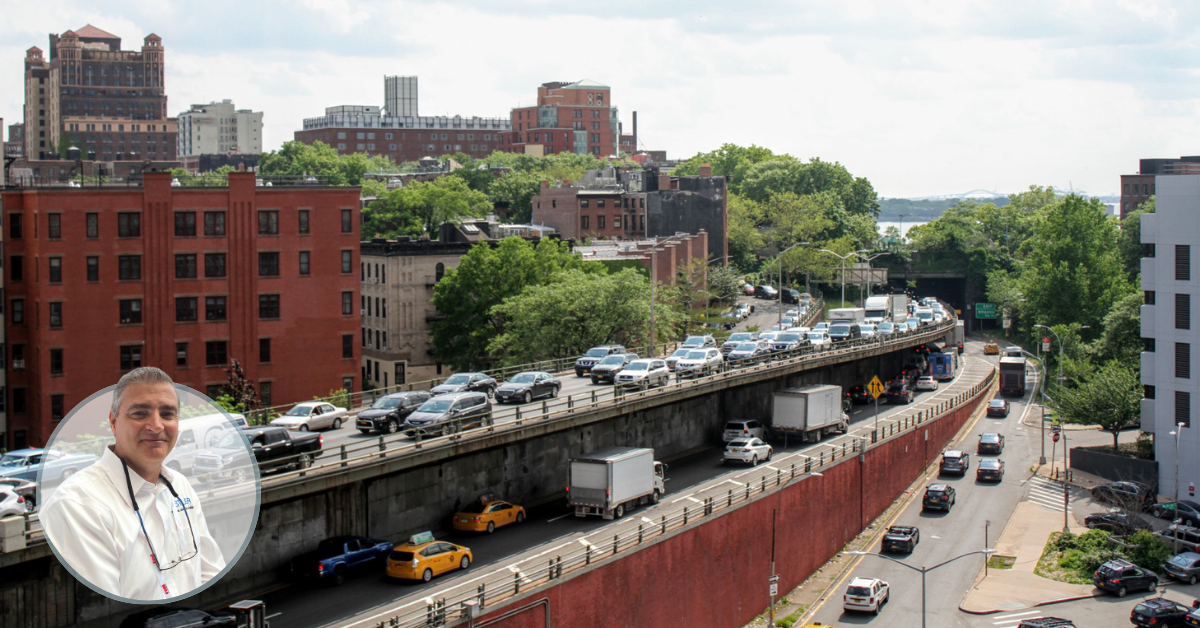Simon, you are a well-known advocate for the disabled community, but can you inform the Intertraffic community what it is that you are known for?
The simplest way I can say is I'm a disability consultant, I have somehow made a living out of advising companies and organisations on how they can do it better, whether it be customers, consumers, people they sell to or provide services to, or in terms of employment, and it always comes back to disability and how they can be the best they can be.
In recent years, I have been working with disabled people running career development programmes or at staff networks and stuff like that. As a result, one of the organizations I'm a non-executive director of is Motability Operations, the car leasing company. There are 600,000, disabled people on the scheme, we've got another 35,000, who have scooters or mobility devices that they lease or buy through us. We buy 200,000 cars a year, on average.
I generally work with larger companies, government agencies, tech companies and I also bring skills as a customer of the scheme. I've worked with train operating companies, in terms of service delivery and I've also worked with airlines and particularly airport authorities in terms of support and assistance and guidance. One great organisation that I'm really promoting right now is the Research Institute for Disabled Consumers (RIDC), who are a great organisation with whom to collaborate.
Is it still the case that people with disabilities are still something of an afterthought in the overall transport thinking of agencies and authorities?
I always want to be positive and optimistic, but I have to be quite real on it as well. Smart technology, particularly electric vehicles (EVs) is where the game could change for differently disabled people. But my fear is it hasn't been thought about and hasn't been built in. There are projects we're working on to try and make sure that charging stations are going to be accessible for disabled people.
To convert a regular vehicle, such as a minivan, to make it wheelchair-accessible you buy the van and scoop out the bottom and put a ramp in. However, with EVs that's where the batteries are, so we can't do that. So we're making vehicles that we can't now adapt. I work with Motability Operations and went over to Berlin to talk with some of the smart tech people and the talk was about Mobility as a Service. It’s great - you can hire a car, you can get your bike, you can get a cab, whatever it might be. And whenever they would ask all these fabulous young tech startups: “What are you doing around disability and accessibility?” they would say: “Oh, we haven't done that.”
To convert a regular vehicle, such as a minivan, to make it wheelchair-accessible you buy the van and scoop out the bottom and put a ramp in. However, with EVs that's where the batteries are, so we can’t do that
And that's my little nudge, because there is a golden opportunity to make transport modes as accessible as possible in the first place.
One thing to consider is that only about 5-8% of disabled people are wheelchair users. So there's a huge bundle for whom this isn't a big issue, but it is very important that we are talking about is the minimum production run to talk about changing a van or to make it accessible in the first place? The London black taxi is accessible, for example. There are lots of questions relating to EVs, most of them concerning the positioning of where that battery is going to be. Can we have them on top of the car? But then there’s potential changes in balance to consider so what we don't want to do is end up designing a car just for wheelchair users, as otherwise we’ll end up with the sort of ‘invalid carriage’ we had in the 1970s. If we do that we're going backwards.
But yeah, the thing that I love about all this is as someone who needs adaptations on their car, the idea that I could use an app and then have a variety of services. At the moment, I still use my car. It's a lifeline. It's really important to me to have the mobility, but the idea of not having something but just being able to hire a car or get some adaptations or all those other options. Sounds amazing to me.
The thing that I love about MaaS is as someone who needs adaptations on their car, the idea that I could use an app and then have a variety of services available to me? Sounds amazing to me
We’ve talked with two other specialists in the field and one of the things that unites disabled travellers is the stress of hoping that you’ll be able to get off the train at your chosen stop. Is that something you experience, too?
Absolutely. It's the stress of the assistance not being there and then everybody else leaves the train. The staff then start faffing around and it just adds to the stress. Either I can't get off, or I can't get on. Apps such as AssistMe are great but there is still a human being that's needed at one end or indeed both ends of the journey. I've seen in San Francisco and a few other places, and I don't know why we don't do this in the UK, they build a little hump that just goes up and down that means that the entrance is on an accessible level. I have it on good authority that we could have level access on our trains too, but there's just some weird reason that means we're sticking with what we’ve got.
I can’t help feeling that when there’s a call for change and a call for greater inclusivity the answer we get is: “Oh, the next change we will do this.” This seems to be repeated every 10 or 20 years - they promised us the future but here we still are.
With MaaS, though, I think this is an amazing idea. What I would like is every three months or so lots of differently disabled people working with an organisation for an hour. BT have a disability advisory group (DAG), for example, so every time they've got a big policy change, or they're looking at a new product, they'll run it by their DAG and ask for feedback.
Would having disabled people on the boards of these companies be a good thing?
People will say: “I've not personally experienced this, so I've not thought about it.” So when all the 21 year olds in their beach shorts are designing the new app, and because they might have a neurodivergent condition or they might be on the spectrum, they don't think of the other stuff. So therefore they create something that they think is right but hasn’t even come close to being inclusive.
App developers don't tend think of the other stuff – things they haven’t personally experienced, so therefore they create something that they think is right but hasn’t even come close to being inclusive.
We’ve asked all of our interviewees this question: is it technology or legislation, or a combination of the two?
Well, you need some sort of regulation because until people are made or forced to do something they won't do it, so it can’t be voluntary. The thing that has changed since lockdown around diversity is no longer a taboo subject. Ignorance isn’t an excuse; it’s a cop out. The young disabled campaigners are way more vociferous than I am - there is no excuse any more, it is you not caring, or you being lazy, and it isn't the responsibility of every disabled person to remind you every time, you should do this as part of your R&D. And I have to say I like that approach. How it used to be was someone in the R&D or planning team who’s got a brother or sister who uses a wheelchair or who’s deaf and that person was your sample case. Or it could be the taxi driver that picks me up and they go: “You know what, my cousin, she's like you.” There’s always a personal connection and that's great to get mobility in people’s mind, but it's not enough.”
It isn't the responsibility of every disabled person to remind you every time that the differently disabled community should be part of your R&D
For more information, please visit:
https://sminty.net/
Read more articles on this topic
HOW TO FACILITATE MOBILITY FOR DISABLED TRAVELLERS - PART I
HOW TO FACILITATE MOBILITY FOR DISABLED TRAVELLERS - PART II




